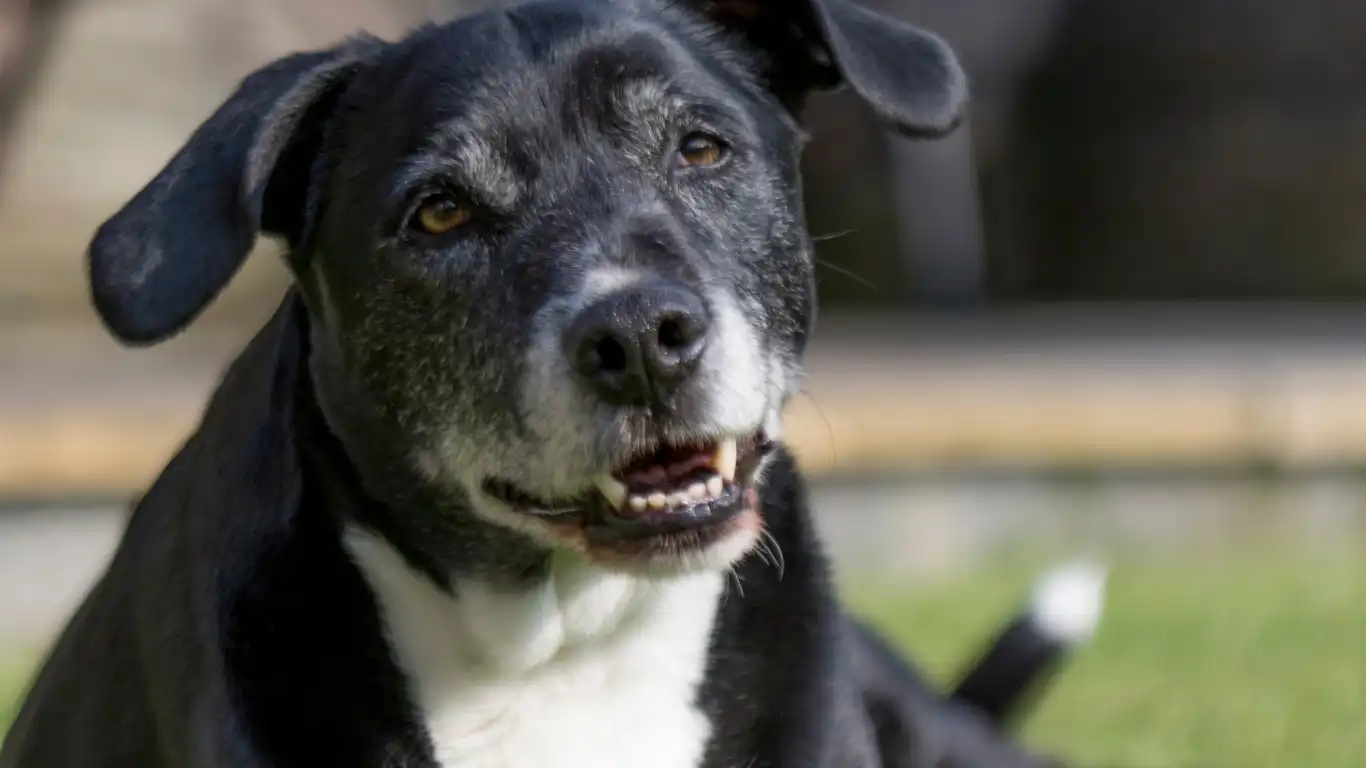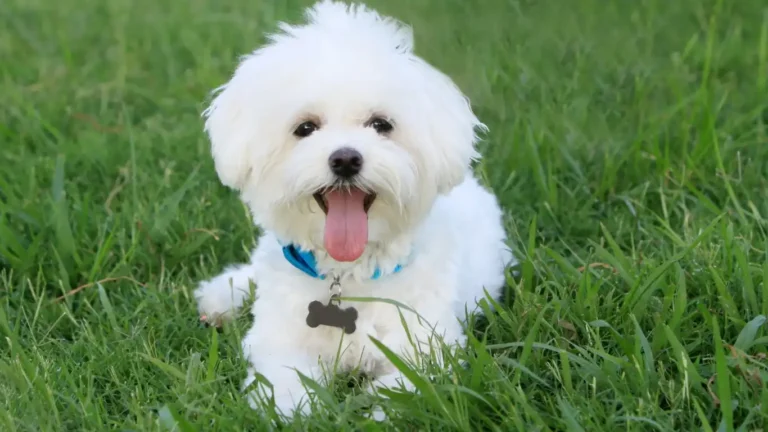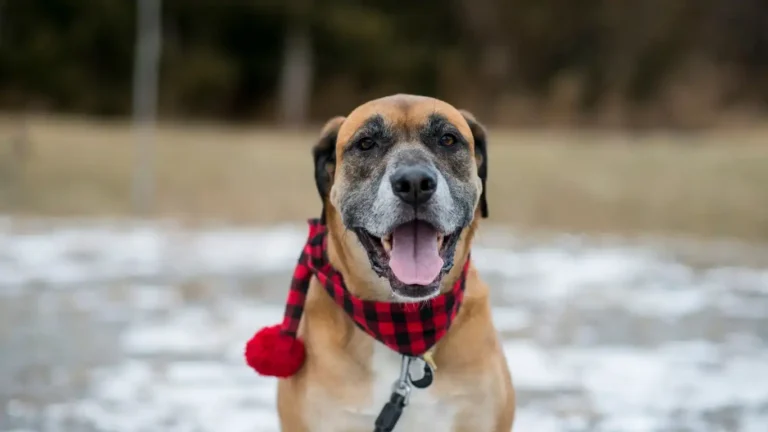Best Dog Walking Routines for Busy Owners That Actually Work
If you’re a pet parent juggling work, errands, and everything else life throws your way, you’re definitely not alone. As a Veterinary Technician and Nutrition Specialist, I talk to countless clients who struggle with maintaining consistent walks for their pups. Finding the best dog walking routines for busy owners doesn’t have to feel impossible—it just takes a little creativity, a pinch of planning, and an understanding of what your dog really needs.
Why Daily Walks Matter More Than You Think

Let’s be real: skipping walks here and there feels like no big deal, right? But over time, inconsistent walking routines can lead to physical and mental issues in dogs. I’ve seen dogs in my clinic that seemed perfectly healthy until behavioral problems—like anxiety, destructive chewing, or weight gain—started creeping in. Nine times out of ten, it’s linked to pent-up energy and boredom.
Walks are more than just potty breaks—they’re your dog’s chance to explore, engage their senses, and bond with you. And for those high-energy breeds (hello, Huskies and Labs), skipping walks can make them bounce off the walls—literally. Even small breeds need that daily stimulation, despite their size. A good routine doesn’t need to be complicated, it just needs to be consistent.
Planning the Best Dog Walking Routines for Busy Owners
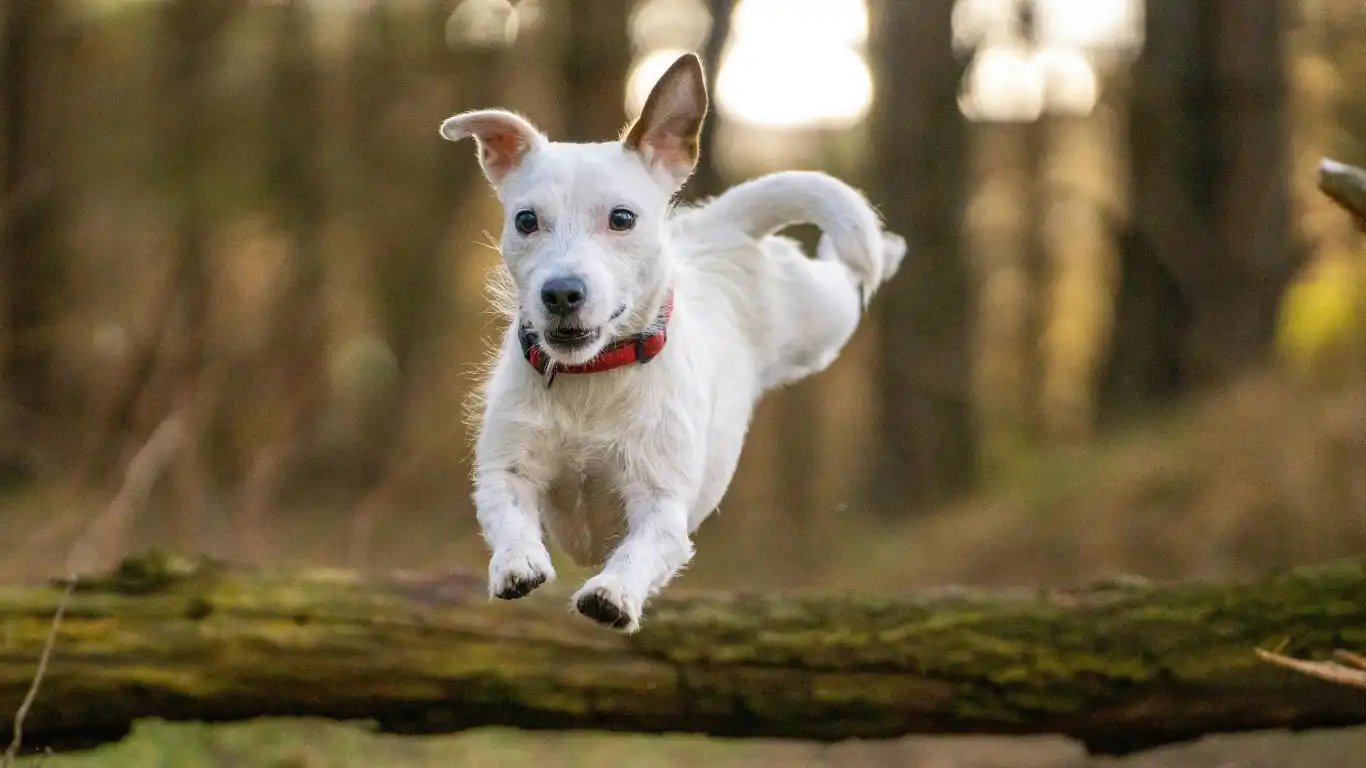
1. Break It Down: Short Walks Work Wonders
One common myth is that you need to carve out a solid hour for a walk. Nope. If you’re short on time, try splitting it up—two or three 10- to 15-minute walks spread throughout the day can be just as effective as one long trek. Personally, I like to get in a quick stroll before my morning coffee brews, another during lunch if I’m working from home, and a longer one after dinner when things quiet down.
2. Embrace the Early Bird Routine
Okay, I know… not everyone’s a morning person. But those early hours can be golden. The air’s fresh, it’s quieter outside, and it gives your pup a head start on their daily energy burn. Even just a brisk 15-minute loop around the block can make a big difference in their mood (and yours!). Plus, it sets a positive tone for your day.
3. Lunch Break Leg Stretch
If you work from home or have a job with flexible breaks, use that time wisely. I always recommend this to my clients—build walks into your schedule like any other important meeting. Treat it as non-negotiable. If you’re in an office, a trusted dog walker can step in, which leads me to the next point…
4. Outsourcing Isn’t Cheating—It’s Smart
Hiring a dog walker or enrolling in doggy daycare a few days a week can be a lifesaver. I know some folks feel guilty about not being the one holding the leash every time, but honestly? A reliable walker who understands your dog’s needs can be a godsend. Bonus: your pup gets socialization, too!
5. Weekend Warriors Beware
I’ve met clients who try to “make up” for missed walks with weekend marathons. While that intention is sweet, it can actually backfire—especially for older dogs or breeds prone to joint issues. Sudden long walks after a week of inactivity can lead to soreness or even injury. Balance is key. If weekends are when you’ve got time, great—just don’t go overboard all at once.
Knowing Your Dog’s Needs = Smarter Walks
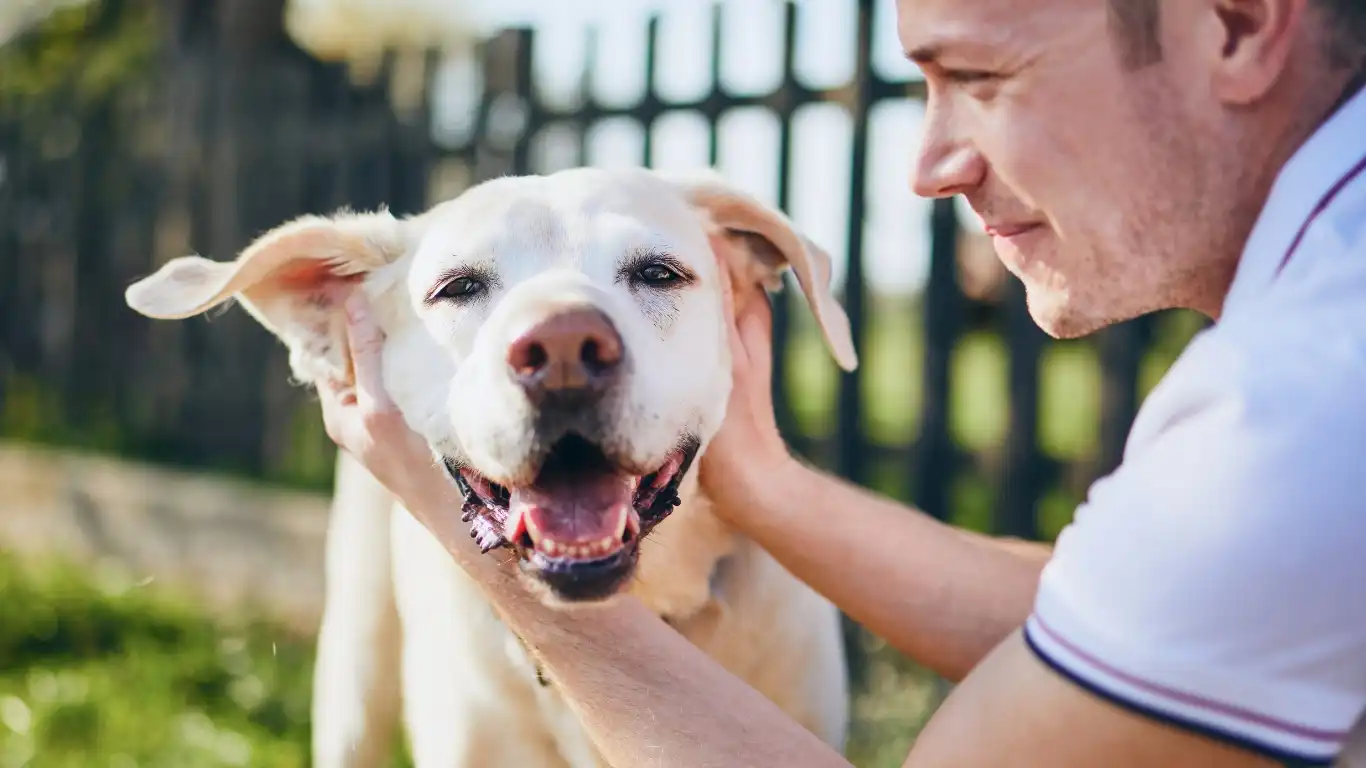
Every dog is different. Some thrive on long, sniff-heavy strolls, while others just need a quick jaunt to burn off steam. My own senior pup, Daisy, is happy with a slow-paced loop around the block. But younger dogs? They often need more intense outings, both mentally and physically. Use breed traits, age, and energy level as your guide—and don’t forget to factor in the weather, too.
- Puppies: Short, frequent walks (they tire quickly!)
- Adult dogs: 30-60 minutes per day, depending on breed
- Seniors: Slower walks, focus on comfort over duration
Oh, and a pro tip from my tech days—watch those paws in summer! Pavement gets hot fast and can burn paw pads before you realize it. Try walking early or late, and always do the “back-of-hand” test on sidewalks.
Tools and Tricks to Maximize Your Dog Walks
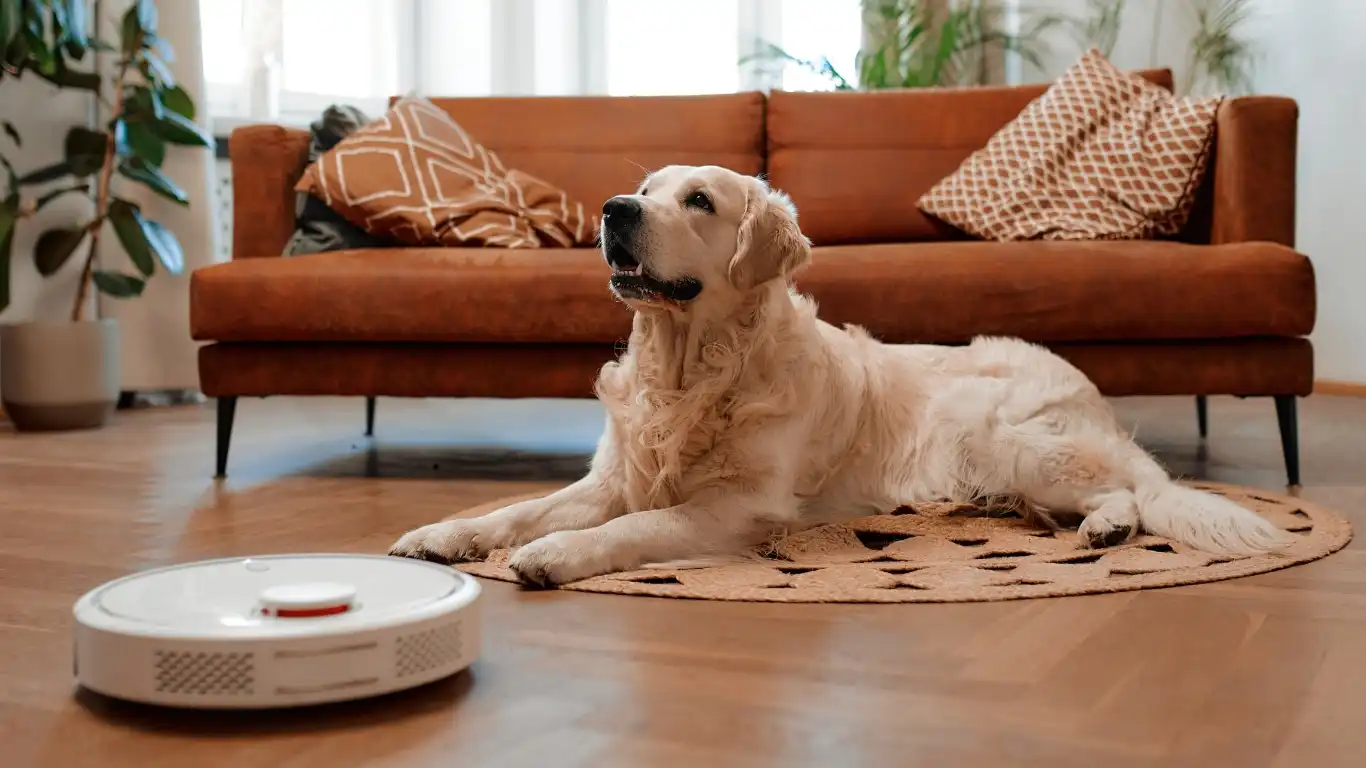
Now that you’ve got a sense of what a good routine might look like, let’s talk gear. Seriously—having the right stuff can make walks smoother, safer, and way more enjoyable for both of you. I’ve picked up a few go-to tools over the years that I always recommend to pet parents in the clinic (and yes, I use them myself too!).
1. The Right Leash for Your Lifestyle
Not all leashes are created equal. For example, if you’re walking in busy city streets, a standard 4–6 foot leash gives you more control. But if you’ve got access to open trails or quiet parks, a longer leash (like 10 feet or even a retractable one) can give your pup more freedom to sniff and explore safely. Personally, I love using a waist leash when I’m multitasking—like sipping coffee or answering a quick text (guilty!).
2. Harness Up for Safety and Comfort
Collars are great for ID tags, but for walking? A harness is often the better choice, especially for dogs that pull or have tracheal sensitivity (looking at you, little Yorkies!). A front-clip harness can help guide your dog without choking or putting too much strain on their neck. I’ve seen dogs’ entire walk behavior change just by switching their gear—it’s wild.
3. Hands-Free Must-Haves
- Poop bags (obviously—but get the compostable kind if you can!)
- Treat pouch for reinforcing good leash manners
- Collapsible water bowl for longer treks
- Reflective gear if you’re walking early or late
And let’s not forget your own comfort. Good walking shoes and weather-appropriate layers go a long way. I once did a surprise rain walk in flip-flops—never again.
Turning Walks Into Enrichment Time
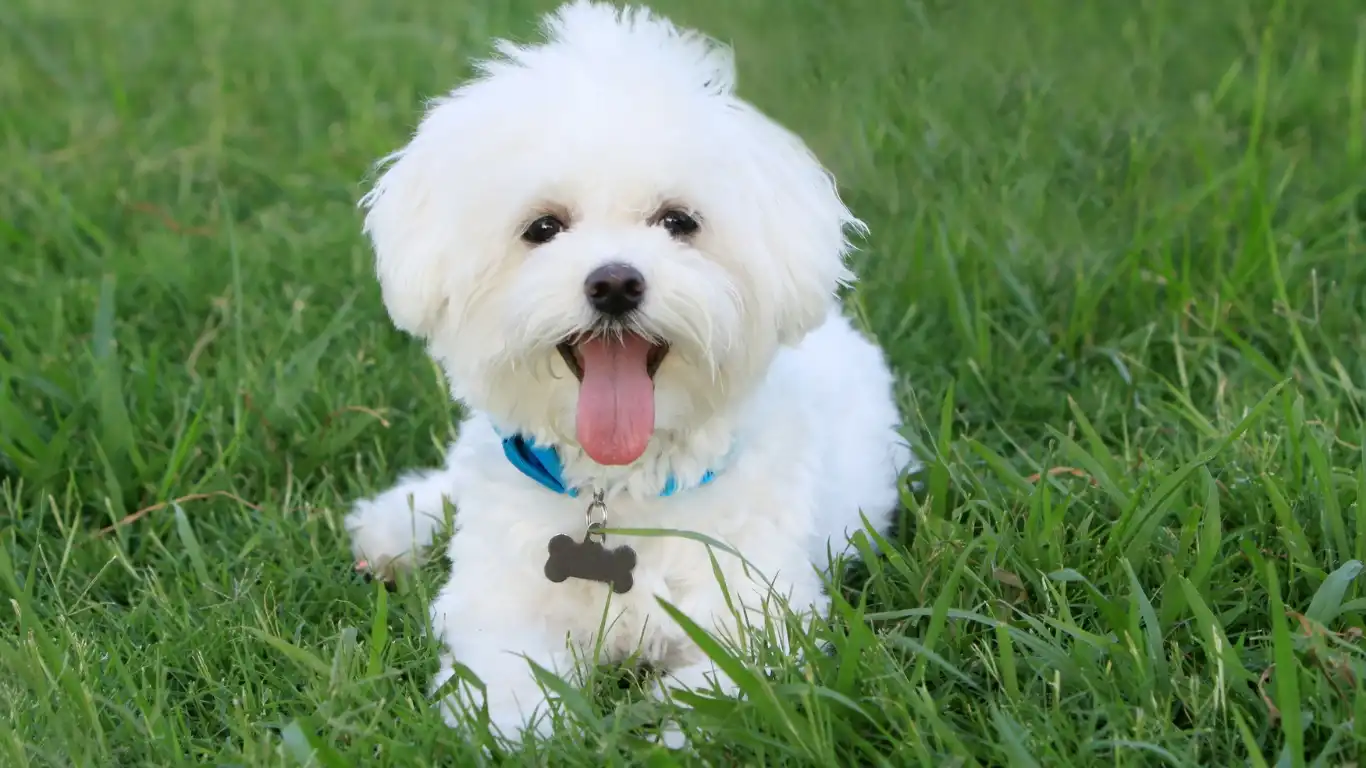
Here’s where we level up. Walking isn’t just physical exercise—it can be a major brain workout too. Especially if you’ve got a high-energy or easily bored pup, turning walks into a form of enrichment is a game changer.
1. Let That Nose Work!
Dogs “see” the world through their noses, so give them time to sniff! I always tell clients: a slow, sniffy walk can be more satisfying than a fast-paced power walk. It’s true. Daisy, my senior girl, doesn’t care about covering distance—she just wants to sniff every single mailbox like it’s breaking news.
2. Add Mini-Training Sessions
Walks are the perfect opportunity to reinforce training in real-world settings. Throw in a few sits at crosswalks, practice heel for a minute or two, or use treats to reward calm passing of other dogs or distractions. These little lessons during walks help your dog stay mentally sharp and better behaved overall.
3. Switch Up Your Route
It’s easy to fall into the same old loop, but dogs crave novelty. I recommend rotating between at least three different walking routes if possible. Even just walking the same path in reverse can give them a whole new perspective (and smell-scape). Some of my clients schedule a “Field Trip Friday” walk—just a fun detour to a new park or trail once a week.
When Life Gets Hectic: Backup Plans for Busy Days
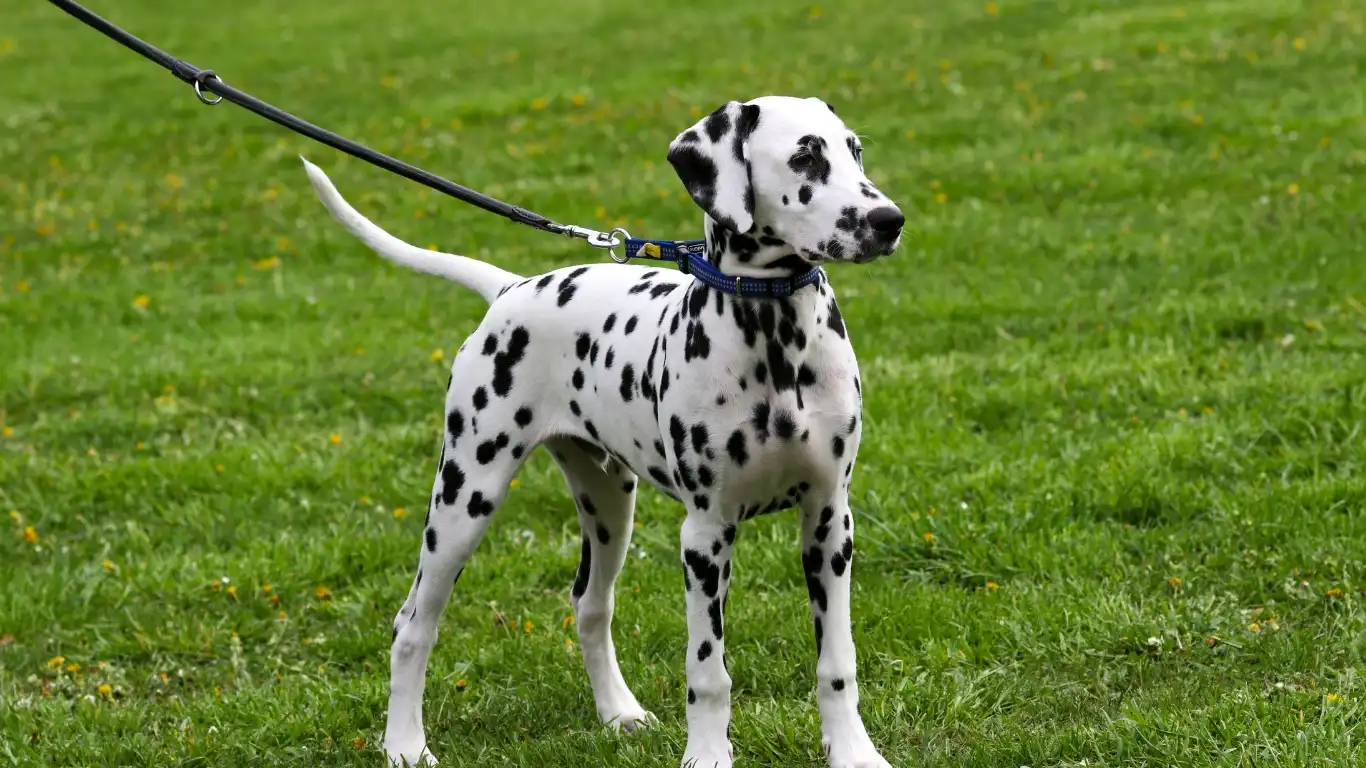
Even with the best intentions, life gets chaotic. Work deadlines, bad weather, or sick days happen. That’s why I always encourage my clients to have a few “Plan B” options ready to go. You don’t need to walk every single day if you have other ways to keep your dog stimulated and moving.
1. Indoor Enrichment Alternatives
- Tug-of-war or fetch in a hallway
- Food puzzles or treat-dispensing toys
- Basic command refreshers (sit, down, stay)
- Hide and seek with treats or toys
These options don’t just fill in the gaps—they can actually boost your bond and give your pup the attention they crave, even when a walk isn’t on the menu. One of my favorite rainy-day go-to’s? A snuffle mat sprinkled with high-value treats. Keeps them occupied for a solid 20 minutes, which is basically magic.
2. Doggy Playdates & Social Outlets
If your schedule’s packed but you’ve got a friendly dog, teaming up with a neighbor or friend for shared walk duties can be a lifesaver. Dogs are social creatures, and a walk with a buddy can double as playtime and exercise. Just be sure both dogs are leash-friendly before pairing them up.
And hey, if you’ve got a fenced yard, even a few structured fetch sessions or a sniff-and-explore moment outside can help take the edge off until you can get back to your usual routine.
Building a Long-Term Walking Routine That Sticks

By now, we’ve covered the basics, tools, and even those chaotic days when the walk just doesn’t happen. But let’s be honest: creating a long-term dog walking routine—especially for busy owners—takes more than good intentions. You need habits that fit your life, not someone else’s ideal schedule.
I’ve had clients try to force themselves into early morning jogs with their pup when they’re clearly night owls, or commit to long evening walks even though their evenings are packed with family stuff. That’s why I always tell them (and myself, let’s be real): the best dog walking routines for busy owners are the ones they’ll actually stick with.
1. Pair Walks with Daily Habits
One trick I’ve used for years? Tie your dog’s walk to something you already do daily. Grab the leash right after your morning coffee or make it part of your wind-down routine after dinner. Once it’s a habit, you’ll do it on autopilot—just like brushing your teeth (but with way more tail wags).
2. Use a Walk Tracking App
If you’re the goal-oriented type, there are plenty of apps that let you log your walks, track distance, or even earn rewards. Some also remind you when it’s time for your next walk—perfect for folks with hectic schedules. My clients often love seeing how consistent they’ve been, and it helps them stay accountable too.
3. Involve the Whole Household
If you’re not the only human in the house, don’t shoulder all the responsibility. Kids, spouses, roommates—everyone can help. Make a walk schedule or a rotating “dog duty” chart. I’ve seen families bond more when they share walking duties (and their dogs love the extra variety).
Seasonal Adjustments & Safety Tips
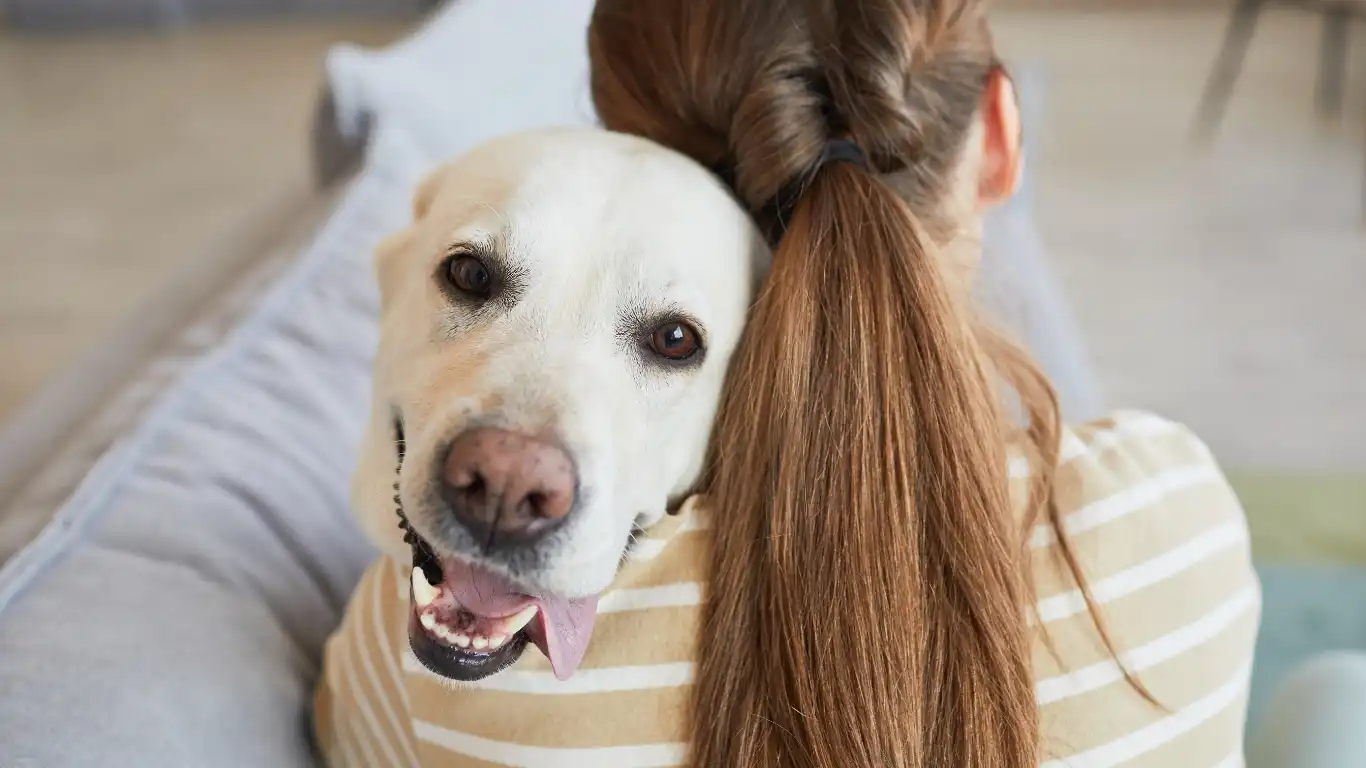
Just like us, dogs feel the seasons—and your walking routine should adjust with the weather. I’ve had patients come in with cracked paw pads in winter or heatstroke scares in the summer because the walking routine didn’t evolve. A little prep and awareness can keep things safe year-round.
Summer Walk Hacks
- Walk early in the morning or after the sun sets
- Stick to grass or shaded trails to protect paws
- Bring water and a collapsible bowl on longer outings
- Watch for signs of overheating: heavy panting, red gums, sluggishness
Winter Walking Wisdom
- Use dog booties or paw wax to protect against salt and ice
- Bundle up short-haired breeds in cozy coats
- Limit exposure in sub-zero temps—short, frequent walks work best
- Always dry off paws and bellies after snowy walks
My clients in colder states often ask if it’s okay to skip walks entirely in the snow. Truth is, some dogs absolutely love the cold (looking at you, Huskies!), while others will take one look outside and refuse to budge. If your dog falls in the latter group, short indoor play sessions can be a worthy substitute—but try to get outside even for just a few minutes.
How Nutrition Plays a Role in Walking Energy
Alright, I can’t help myself—gotta throw in a little nutrition talk here. As a vet tech who specializes in nutrition, I’ve seen firsthand how diet affects energy levels. If your pup seems sluggish on walks or suddenly loses interest in going outside, it might be worth evaluating what’s in their bowl.
Make sure they’re getting the right balance of protein, fat, and complex carbs for their breed and activity level. And hydration is just as important—especially for longer or hotter walks. Don’t hesitate to talk to your vet or a certified pet nutritionist if something feels off.
Also, don’t overlook weight. Overweight dogs can struggle more with walks, and it can become a frustrating cycle—less exercise leads to more weight gain, which makes them want to walk even less. Small diet tweaks and gentle, frequent walks can help turn that around without overwhelming them (or you).
Final Thoughts: You’ve Got This
Look, being a pet parent isn’t always easy—especially when you’re balancing a job, family, and everything else. But with the right mindset, a little planning, and realistic expectations, building the best dog walking routines for busy owners is totally doable. It doesn’t have to be perfect, just consistent and filled with love.
And remember, your pup doesn’t care if you’re in sweatpants, walking the same block for the third day in a row, or if the walk was only 10 minutes. They care that you showed up.
References
Disclaimer: This article is intended for educational purposes only and does not replace professional veterinary advice. Always consult your veterinarian regarding your pet’s health and individual exercise needs.
